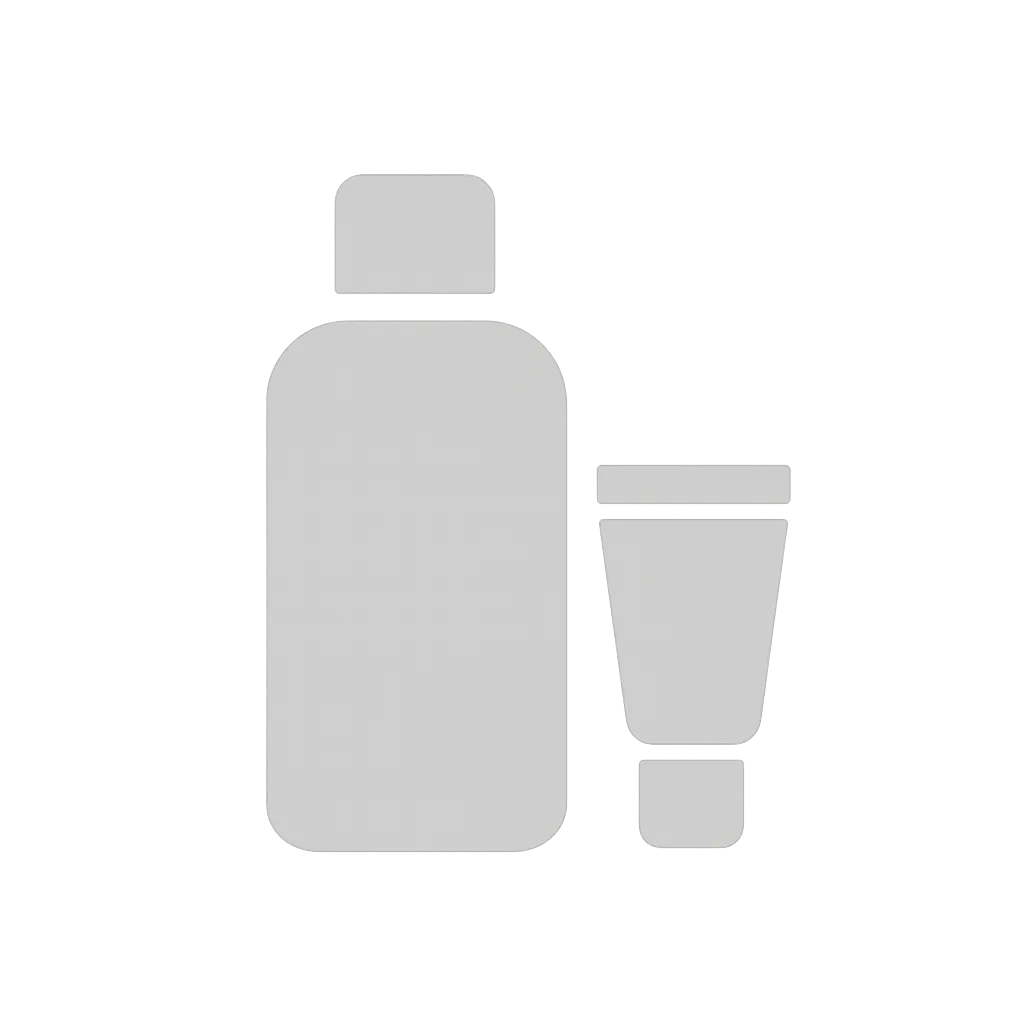What's inside
What's inside
 Key Ingredients
Key Ingredients

 Benefits
Benefits

 Concerns
Concerns

No concerns
 Ingredients Side-by-side
Ingredients Side-by-side

Butylene Glycol
HumectantWater
Skin ConditioningDextran
Acetyl Tetrapeptide-3
Skin ProtectingTrifolium Pratense Flower Extract
AstringentPropanediol
SolventArginine
MaskingGlycine Soja Germ Extract
EmollientTriticum Vulgare Germ Extract
Skin ConditioningScutellaria Baicalensis Root Extract
AstringentSodium Benzoate
MaskingGluconolactone
Skin ConditioningCalcium Gluconate
HumectantGlycerin
HumectantPPG-26-Buteth-26
Skin ConditioningPEG-40 Hydrogenated Castor Oil
EmulsifyingApigenin
AntioxidantOleanolic Acid
Skin ConditioningBiotinoyl Tripeptide-1
Pisum Sativum Sprout Extract
Skin ConditioningIsomalt
HumectantSodium Metabisulfite
AntioxidantLarix Europaea Wood Extract
HumectantGlycine
BufferingZinc Chloride
AntimicrobialCamellia Sinensis Leaf Extract
AntimicrobialXylitylglucoside
HumectantAnhydroxylitol
HumectantXylitol
HumectantSaccharide Isomerate
HumectantSanguisorba Officinalis Root Extract
CleansingSerenoa Serrulata Fruit Extract
Skin ConditioningCapryloyl Glycine
CleansingPhenoxyethanol
PreservativeEthylhexylglycerin
Skin ConditioningCitric Acid
BufferingSodium Citrate
BufferingButylene Glycol, Water, Dextran, Acetyl Tetrapeptide-3, Trifolium Pratense Flower Extract, Propanediol, Arginine, Glycine Soja Germ Extract, Triticum Vulgare Germ Extract, Scutellaria Baicalensis Root Extract, Sodium Benzoate, Gluconolactone, Calcium Gluconate, Glycerin, PPG-26-Buteth-26, PEG-40 Hydrogenated Castor Oil, Apigenin, Oleanolic Acid, Biotinoyl Tripeptide-1, Pisum Sativum Sprout Extract, Isomalt, Sodium Metabisulfite, Larix Europaea Wood Extract, Glycine, Zinc Chloride, Camellia Sinensis Leaf Extract, Xylitylglucoside, Anhydroxylitol, Xylitol, Saccharide Isomerate, Sanguisorba Officinalis Root Extract, Serenoa Serrulata Fruit Extract, Capryloyl Glycine, Phenoxyethanol, Ethylhexylglycerin, Citric Acid, Sodium Citrate
Water
Skin ConditioningPropylene Glycol
HumectantGlycerin
HumectantRice Ferment Filtrate
Skin ConditioningBaicalin
AntioxidantCetrimonium Chloride
AntimicrobialKeratin
Skin ConditioningPalmeth-2
EmulsifyingCaffeine
Skin ConditioningBiotin
AntiseborrhoeicEthylhexylglycerin
Skin ConditioningXanthan Gum
EmulsifyingTocopherol
AntioxidantCocamidopropyl Betaine
CleansingPhenoxyethanol
PreservativeSodium Benzoate
MaskingPotassium Sorbate
Preservative
 Reviews
Reviews

Ingredients Explained
These ingredients are found in both products.
Ingredients higher up in an ingredient list are typically present in a larger amount.
Ethylhexylglycerin (we can't pronounce this either) is commonly used as a preservative and skin softener. It is derived from glyceryl.
You might see Ethylhexylglycerin often paired with other preservatives such as phenoxyethanol. Ethylhexylglycerin has been found to increase the effectiveness of these other preservatives.
Glycerin is already naturally found in your skin. It helps moisturize and protect your skin.
A study from 2016 found glycerin to be more effective as a humectant than AHAs and hyaluronic acid.
As a humectant, it helps the skin stay hydrated by pulling moisture to your skin. The low molecular weight of glycerin allows it to pull moisture into the deeper layers of your skin.
Hydrated skin improves your skin barrier; Your skin barrier helps protect against irritants and bacteria.
Glycerin has also been found to have antimicrobial and antiviral properties. Due to these properties, glycerin is often used in wound and burn treatments.
In cosmetics, glycerin is usually derived from plants such as soybean or palm. However, it can also be sourced from animals, such as tallow or animal fat.
This ingredient is organic, colorless, odorless, and non-toxic.
Glycerin is the name for this ingredient in American English. British English uses Glycerol/Glycerine.
Learn more about GlycerinPhenoxyethanol is a preservative that has germicide, antimicrobial, and aromatic properties. Studies show that phenoxyethanol can prevent microbial growth. By itself, it has a scent that is similar to that of a rose.
It's often used in formulations along with Caprylyl Glycol to preserve the shelf life of products.
Sodium Benzoate is a preservative. It's used in both cosmetic and food products to inhibit the growth of mold and bacteria. It is typically produced synthetically.
Both the US FDA and EU Health Committee have approved the use of sodium benzoate. In the US, levels of 0.1% (of the total product) are allowed.
Sodium benzoate works as a preservative by inhibiting the growth of bacteria inside of cells. It prevents the cell from fermenting a type of sugar using an enzyme called phosphofructokinase.
It is the salt of benzoic acid. Foods containing sodium benzoate include soda, salad dressings, condiments, fruit juices, wines, and snack foods.
Studies for using ascorbic acid and sodium benzoate in cosmetics are lacking, especially in skincare routines with multiple steps.
We always recommend speaking with a professional, such as a dermatologist, if you have any concerns.
Learn more about Sodium BenzoateWater. It's the most common cosmetic ingredient of all. You'll usually see it at the top of ingredient lists, meaning that it makes up the largest part of the product.
So why is it so popular? Water most often acts as a solvent - this means that it helps dissolve other ingredients into the formulation.
You'll also recognize water as that liquid we all need to stay alive. If you see this, drink a glass of water. Stay hydrated!
Learn more about Water